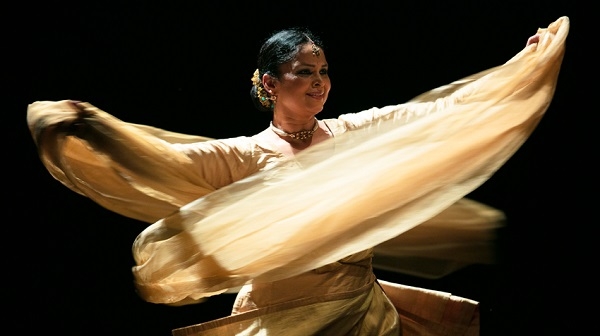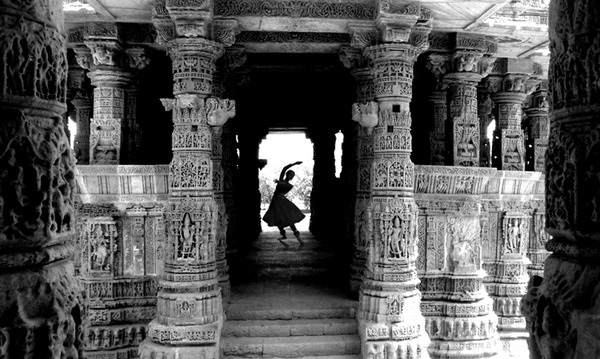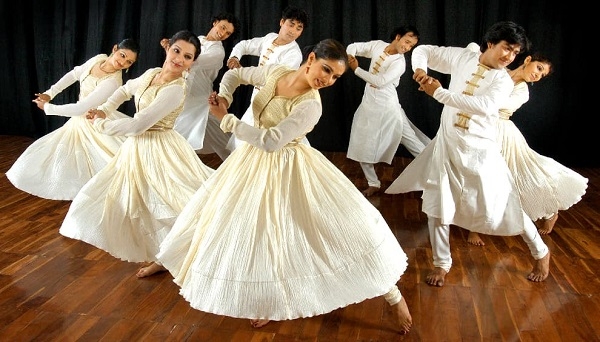Kathak : Not a Mughal Dance Style
|
India is a land of varied culture. Our diversity has enriched Indian culture in several ways. In fact, our demographic diversity is the main reason why Indian culture is so well composed and nourished. India has been invaded by numerous foreign rulers which in some or the other way have created an impact on Indian culture. Mughals are the most recent of such invaders, whose rule not only overtook political authority but also influenced Indian arts. Some arts also underwent the process of renaissance and new art forms were developed as a result. But what is the origin of 'Kathak'? Is it also a Mughal art? The answer will be a strict 'No'. Kathak, even though presently has a significant influence of Mughal culture today, is not entirely composed of Mughal elements. Kathak is as much Indian in its origin as much Bharatnatyam. Let us understand how Kathak is absolutely an art form of the Bharat Bhoomi.

1. How old is the art?
It may be something new to know that Kathak, even though stereotyped to have emerged during the medieval period, is actually dated back to 4th Century BC and is an ancient Indian dance form. The literary record from Kameshwar Library of Mithila, Bihar suggests the ancient origins of Kathak. The epic of Mahabharata, which is believed to be composed during the Golden age of Ancient India - Gupta Rule, also has incidents of description of Kathak. If one observes the details then one may be able to notice the dance form of apsara sculptures on temples have similarities with movements in Kathak and Bharatnatyam. The meaning of the word 'Kathak' suggests the act of story telling. So these performers were originally story tellers, trying to tell stories from epics like Mahabharata and Ramayana through their performances, enriching the Hindu culture. It was only during the Medieval period, during the rule of Mughals, when the art went under transition.

2. What happened during Mughal rule?
Kathak is mainly a devotional dance form, where through story telling, artists practice their Bhakti and try to connect with god. However, during Mughal rule the belief that dance can be a form of worship was renounced. So, dancing in temples was authoritatively banned by the Mughal Emperors. It was through the Bhakti Movement, that the art found its way to sustain through a critical period. Several people refer the Mughal period to be the golden era of Kathak, but the underlying fact of how the main purpose of the ancient Hindu art was attacked by the fanatic rulers. It was during this period, that the dance form had to undergo a transitional phase where the emphasis of Bhakti was comparatively diverged because of the interests of the rulers.

Different rulers try to mold the culture of the land under their rule according to whatever their agenda is. However, the reason for a transition that takes place in culture should be noted and understood before interpreting the wrong culture and missing our roots. The story of origin of Kathak is one such tale from the chapters of Indian history which is largely misunderstood and seeks our attention.
- Himali Nalawade